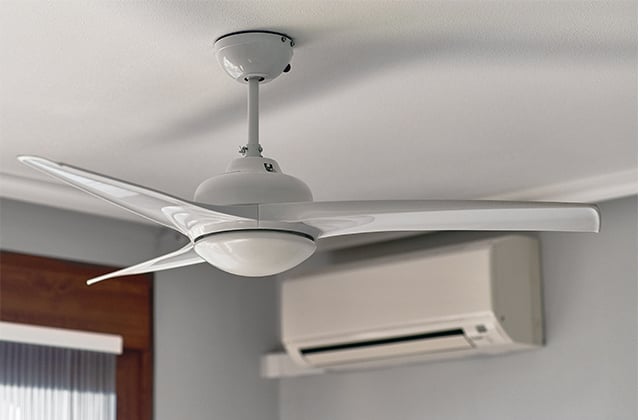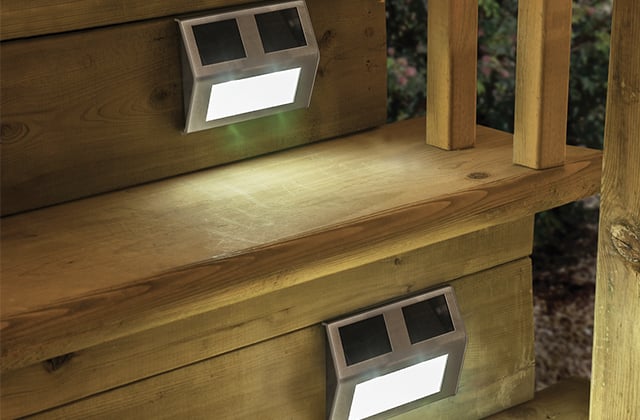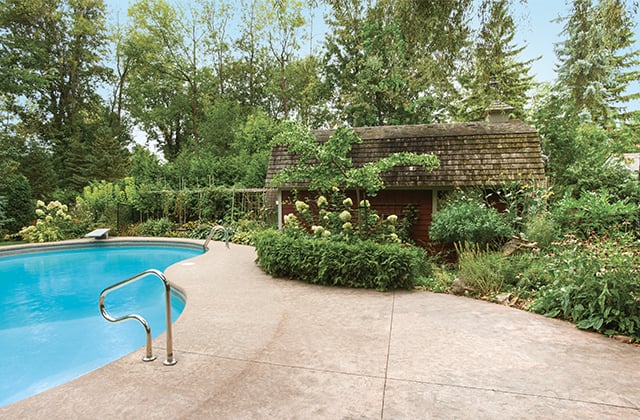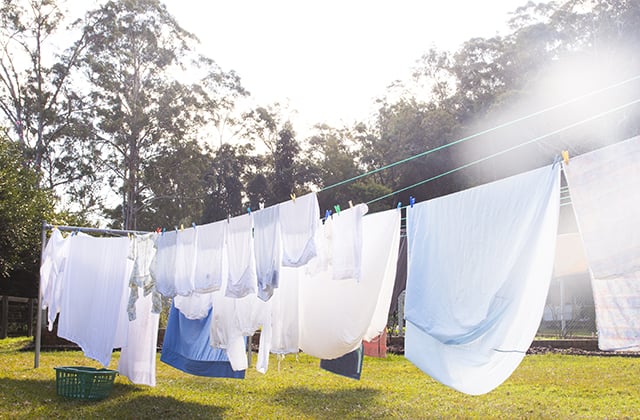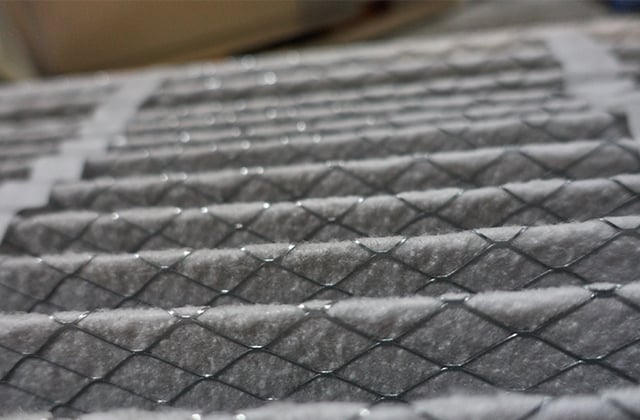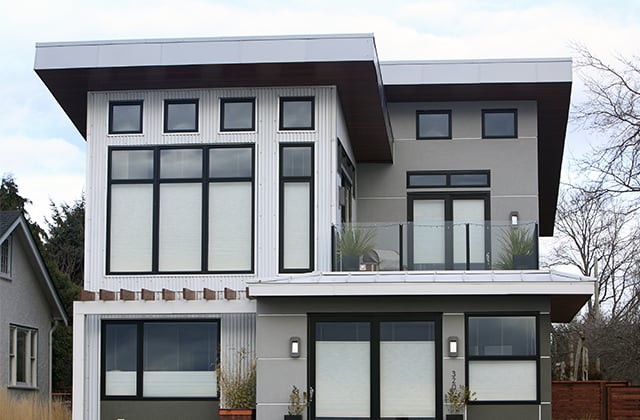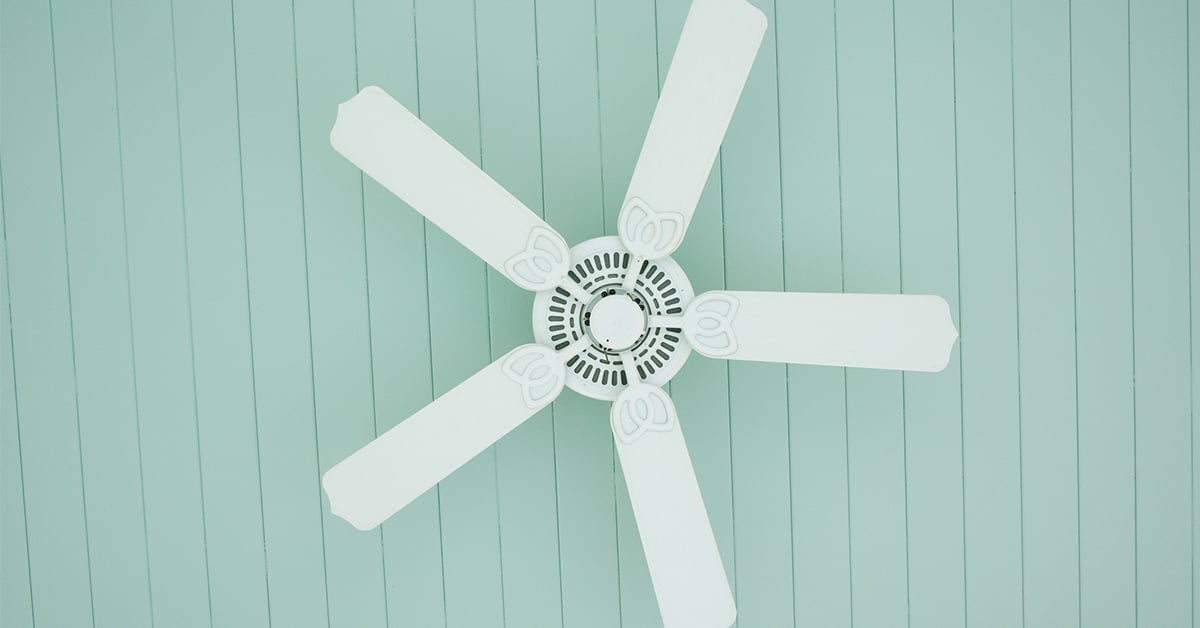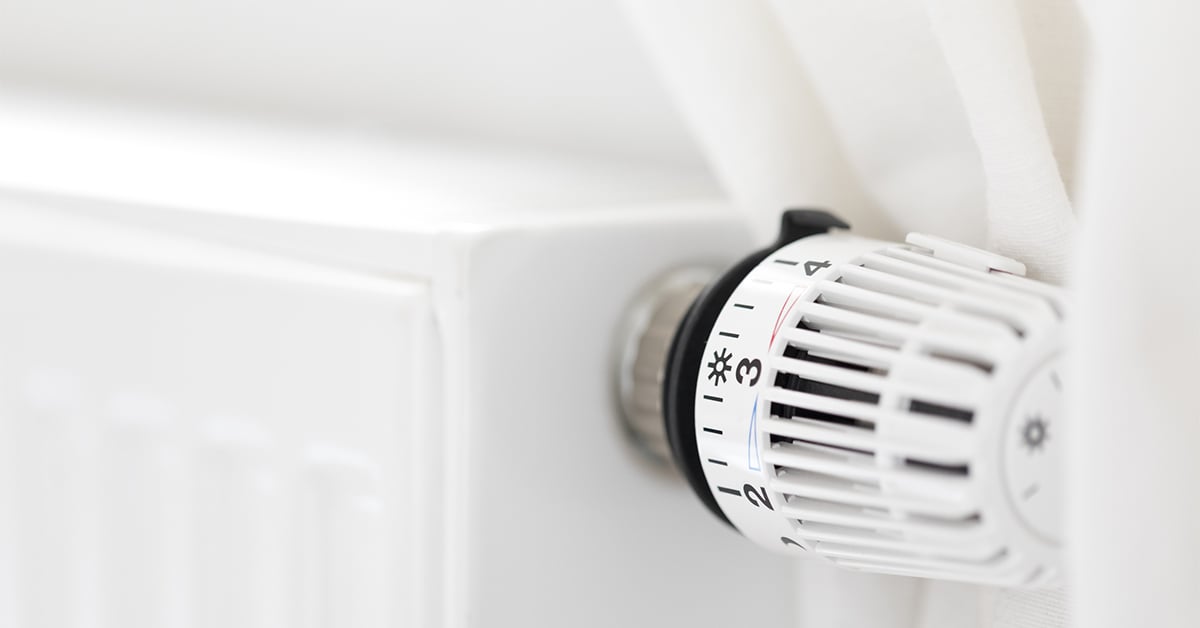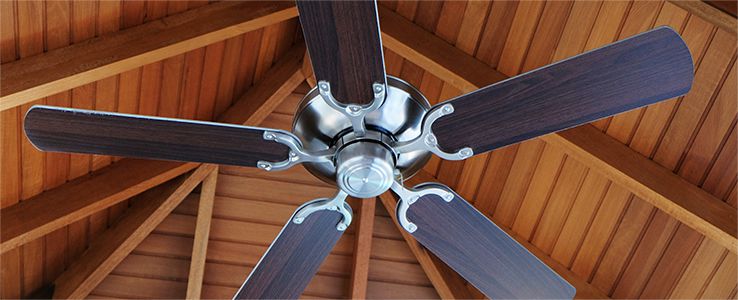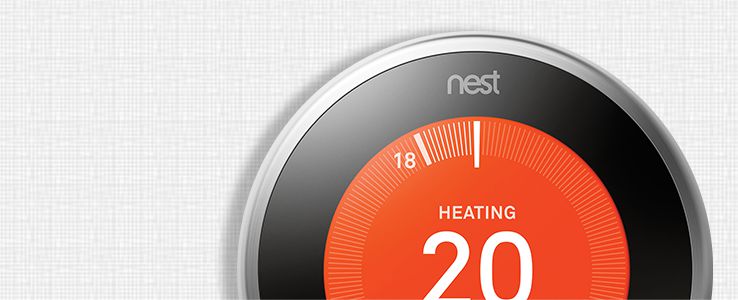Choose an ENERGY STAR® certified air conditioner
ENERGY STAR certified air conditioners can net you significant energy savings when compared to a standard unit. A certified central air conditioner will use about 8% less energy on average than a standard product, while an individual unit can use up to 10% less.
Furthermore, by replacing an air conditioner that is over 10 years old, you can stand to save upwards of 20% on your energy costs. Investing in a new, ENERGY STAR certified air conditioner is an easy and effective way to save electricity, save money, and lower your carbon footprint.











